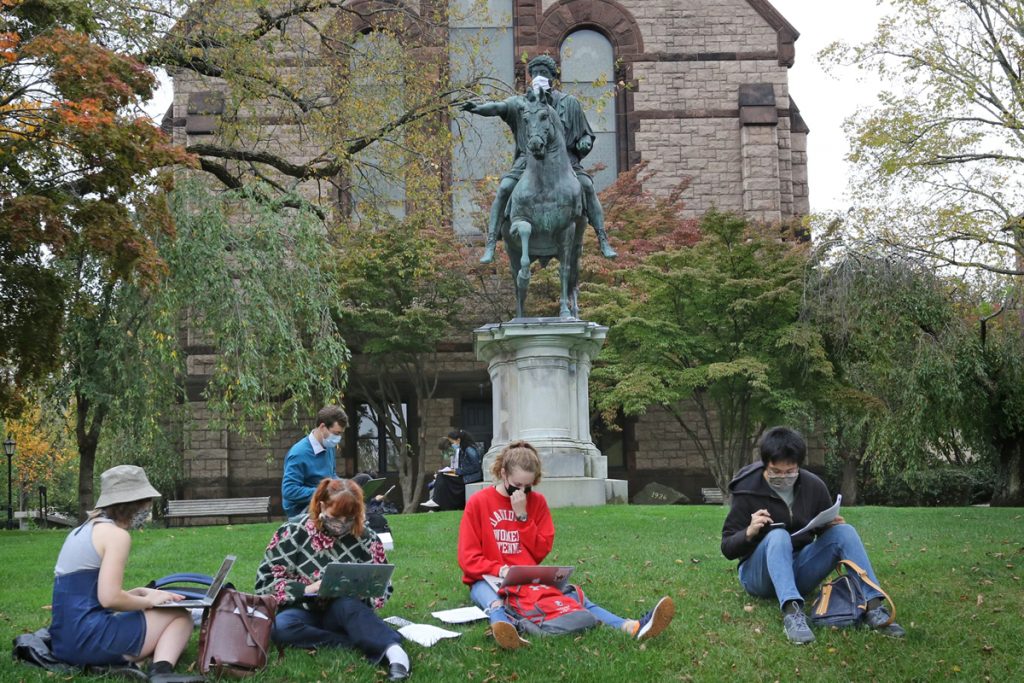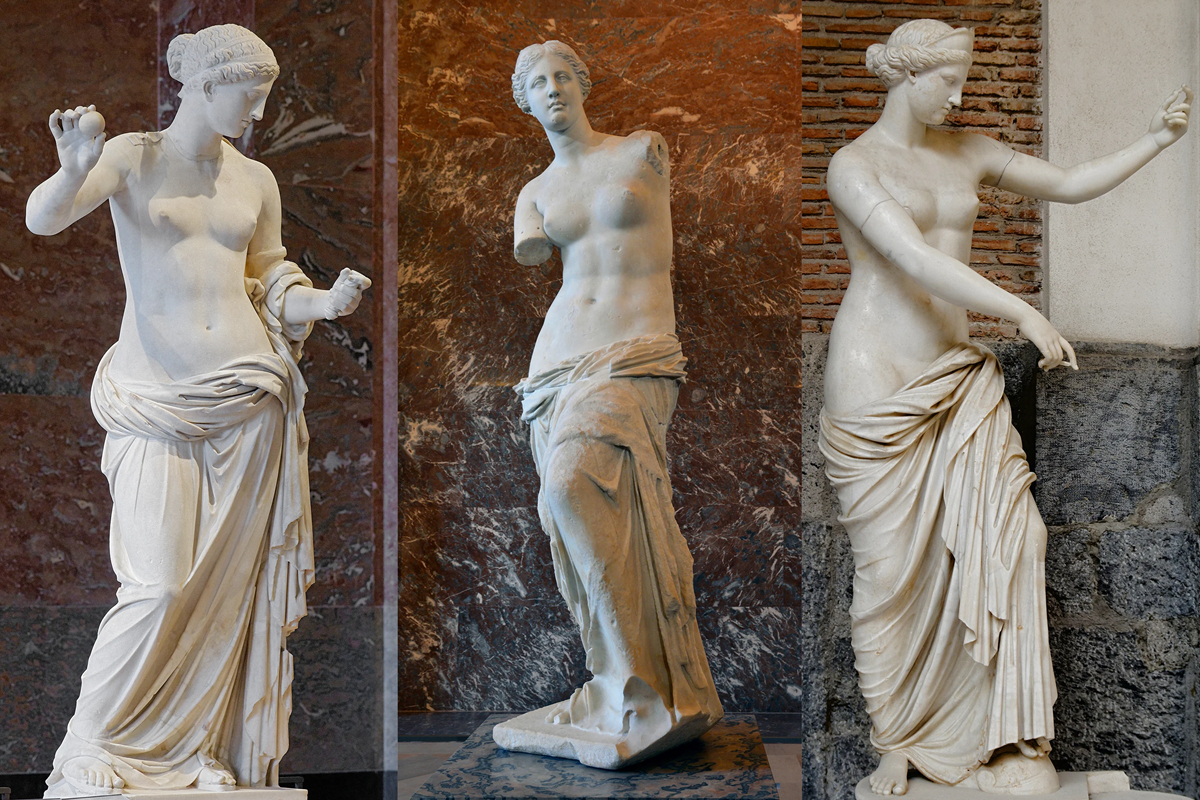We may earn money or products from the companies mentioned in this post.
Statues are best known as the monuments of national heroes, cultural heritage, and religious figures. Statues are always built after a person dies or a specific event takes place. There are three main types of statues that exist: colossal statues, equestrian statues, and portraits. The first type is typical for ancient civilizations like the Egyptians and Greeks; this type of statue is called colossus because it was made in the shape of a human figure but much larger than life-size with an oversized head crowned by an enormous symbol or inscriptions related to its subject matter.
Uses of Statues
1. Face of life
A colossus looks like a person whom people would have liked to be the most famous in their time. The statue of the Roman emperor Marcus Aurelius (AD 121-180) exemplifies this point. It was erected in AD 182 in Rome by his son and successor Commodus (AD 177-192). The statue is more than 16 meters high, nearly 7 meters wide, and weighs more than 52 tons, making it one of the largest statues on Earth. An inscription at its base defines the goal of commissioning such a colossal figure: “The man who was father to me, be kind to your sons”.
2. Cultural identity
The statue of King Arthur in Winchester, the capital city of Hampshire in England, is the only surviving equestrian statue from the Romanesque period. It was probably erected in the late 12th century. The horse and rider are about twice life-size, making this statue very large for that period [the 11th to 13th centuries]. The sculpture shows Old Testament stories, particularly that of Daniel in the Lion’s Den (Daniel 6) which reflects an early influence from Romanesque sculptures and manuscripts imported by the Norman Conquest.
3. National identity
Political leaders often display portraits or statues in their offices to give an impression that “this is who we are”. The life-size statues of Mao Zedong in Beijing and Tsar Dondukov-Korsakov in Ekaterinenburg are symbols of their respective countries’ cultures and history.
4. Religious belief
Religious beliefs have given rise to the building of religious houses all over the world. The statue of Buddha at the Victoria and Albert Museum in London is a colossal figure that was previously displayed in Kandy, Ceylon (now Sri Lanka). The Buddhist influence was widespread across South East Asia and built a huge number of Buddhist images to place outside temples, particularly in Thailand, Burma, and Cambodia. In Vietnam, it is customary to build a small pagoda at home or business premises as an offering to ancestors.

Hi~Living Deals from "Bed Bath & Beyond®"

